
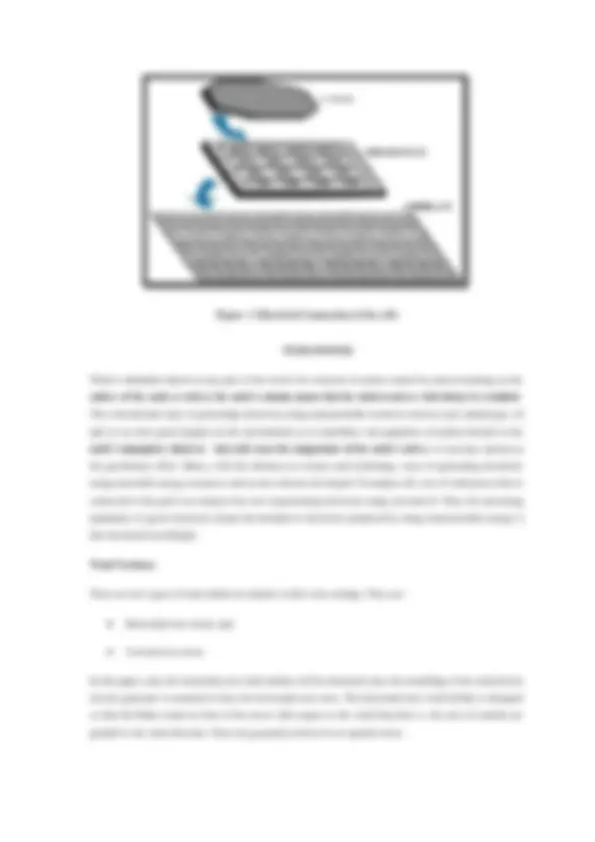
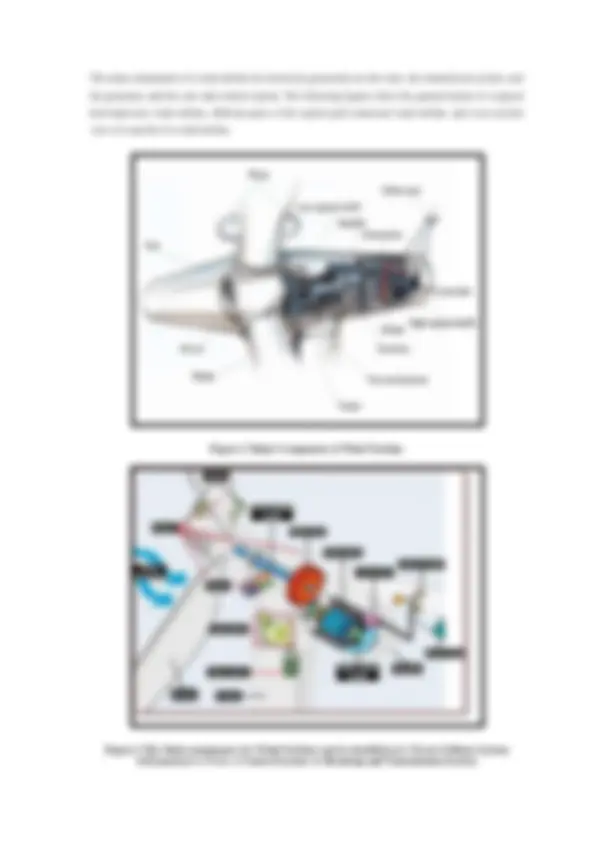
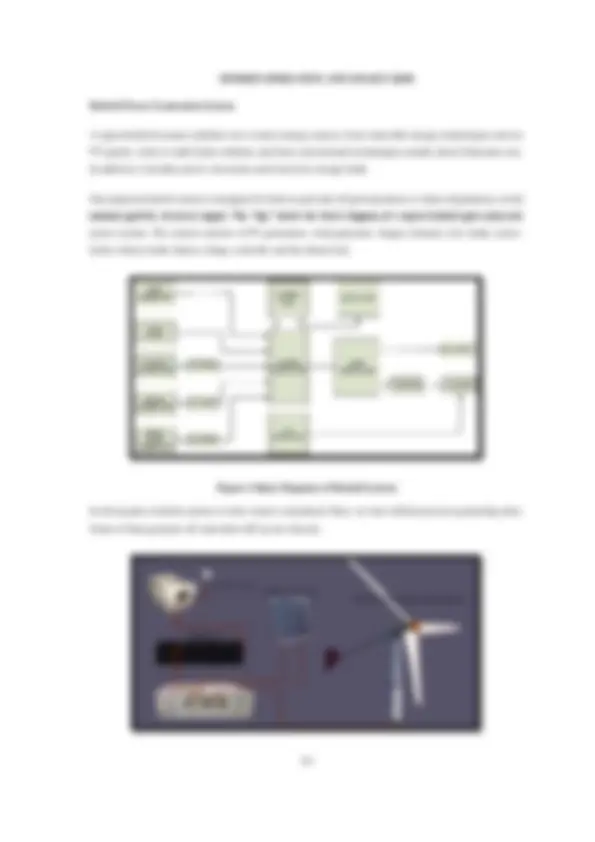
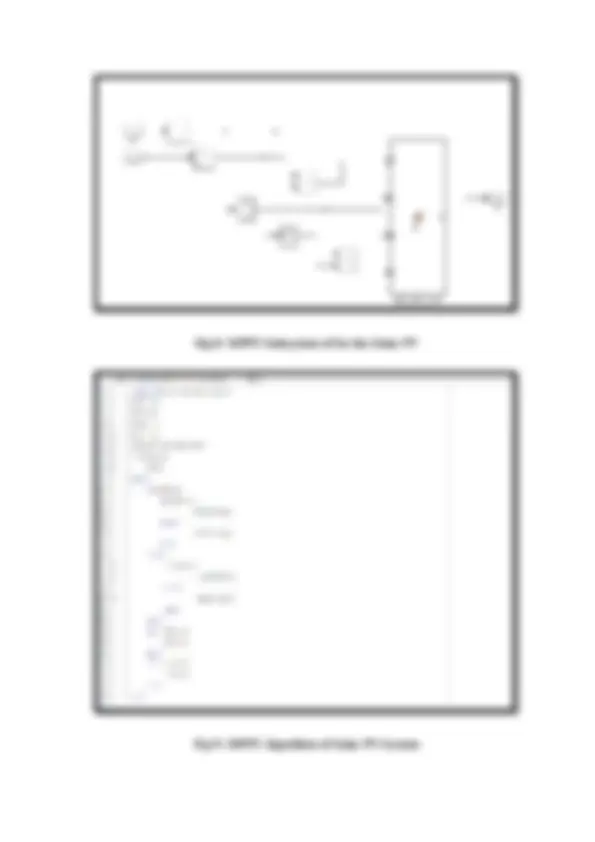
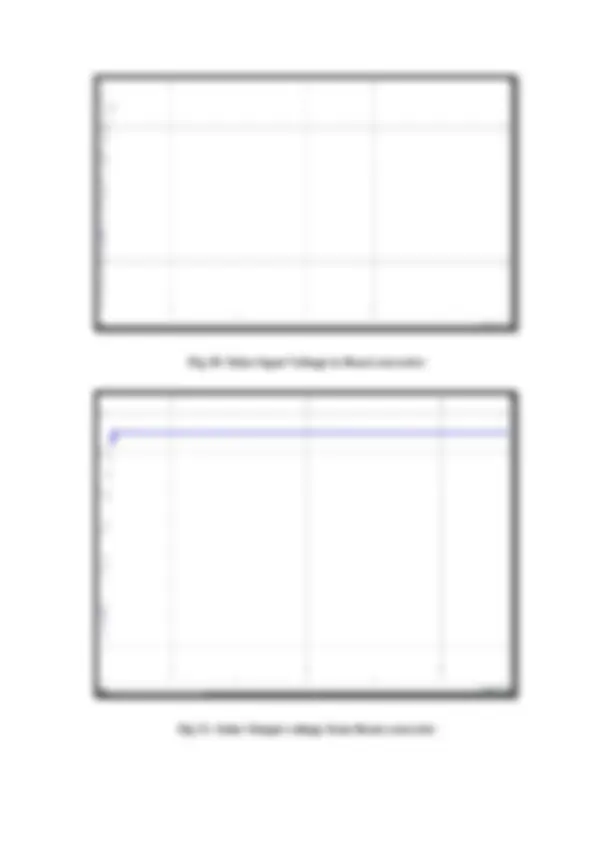
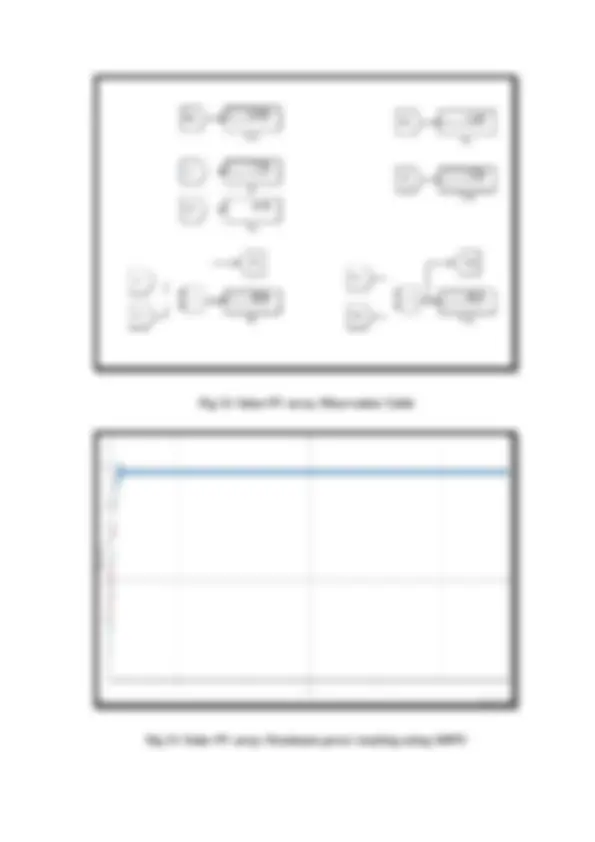
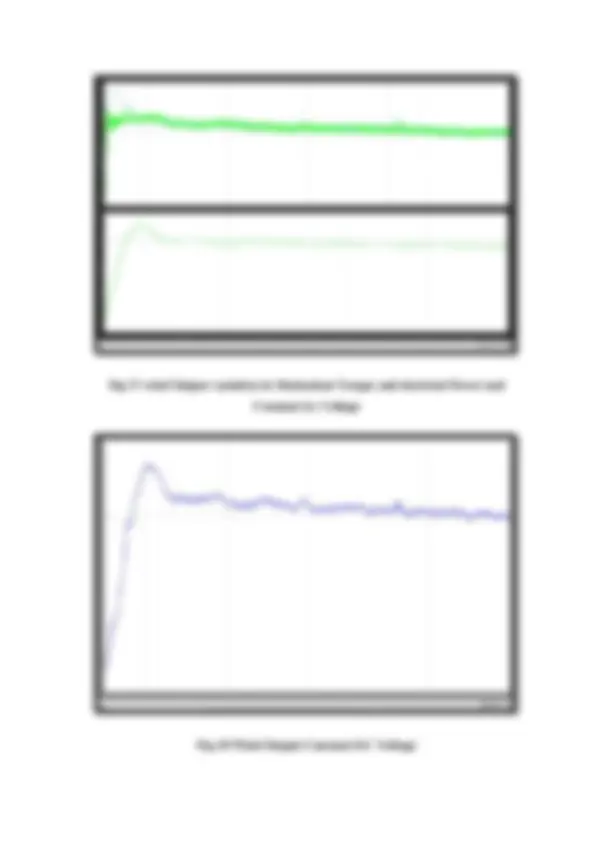
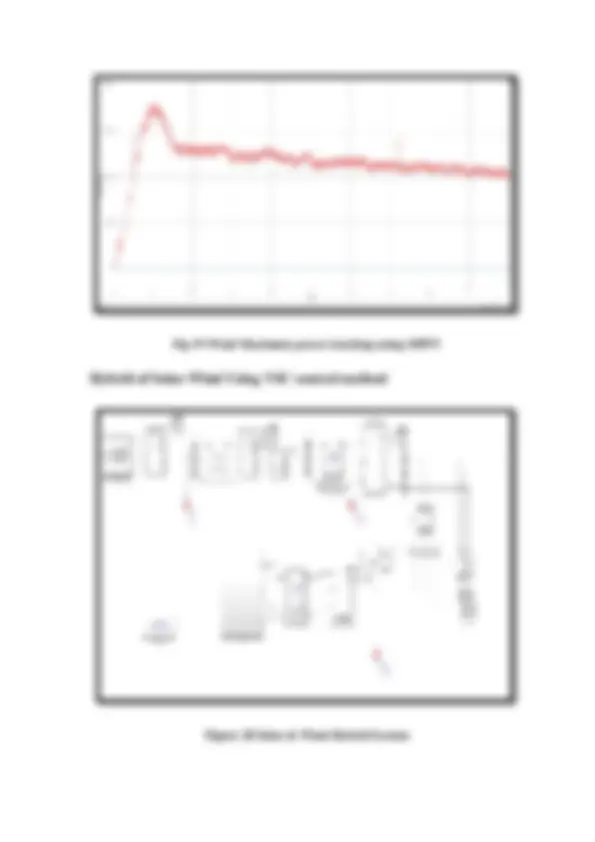
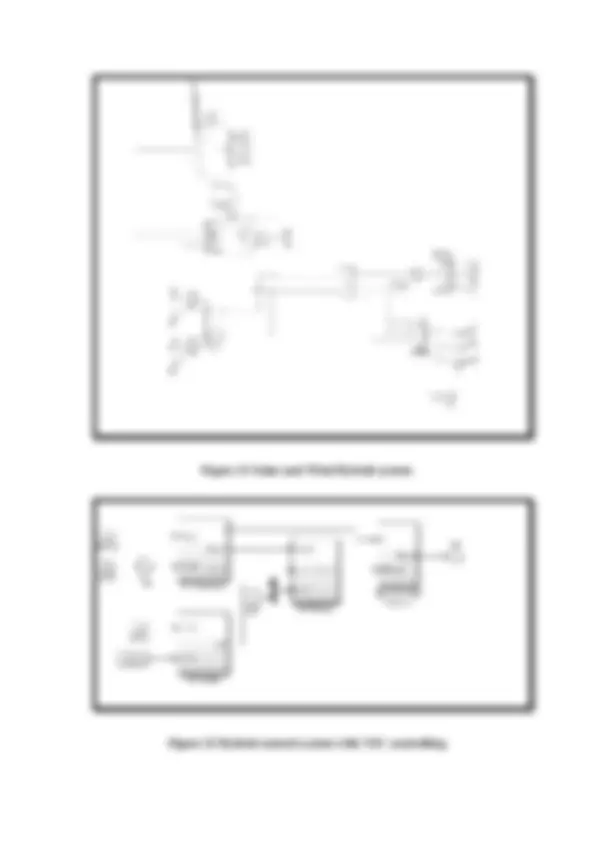
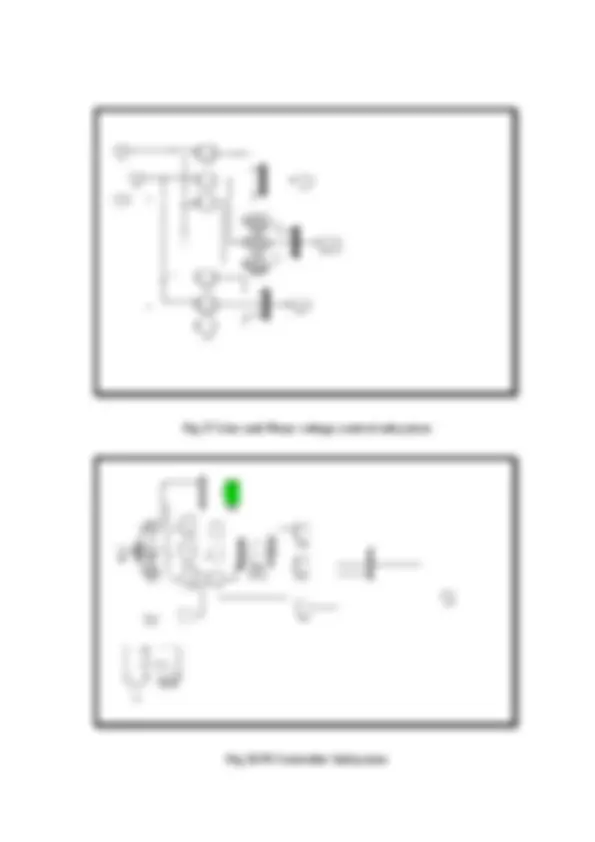
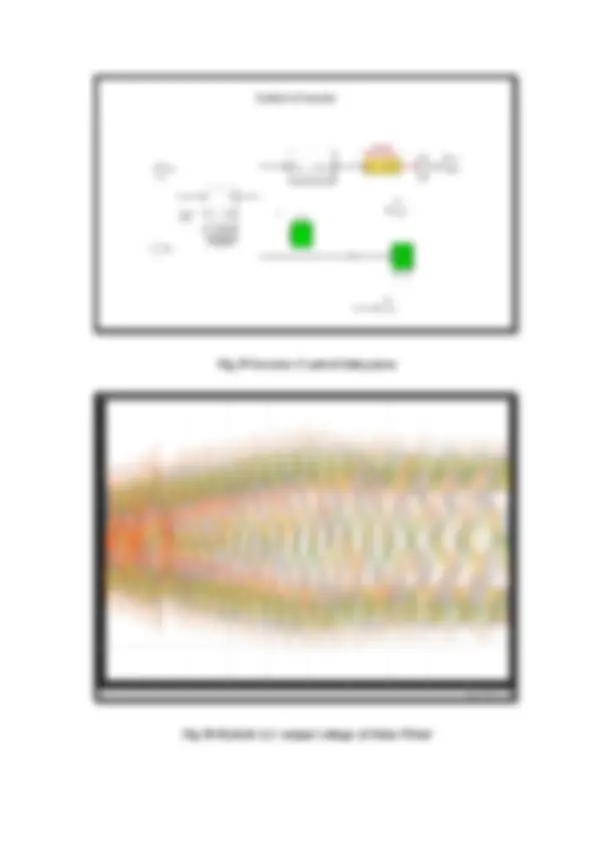
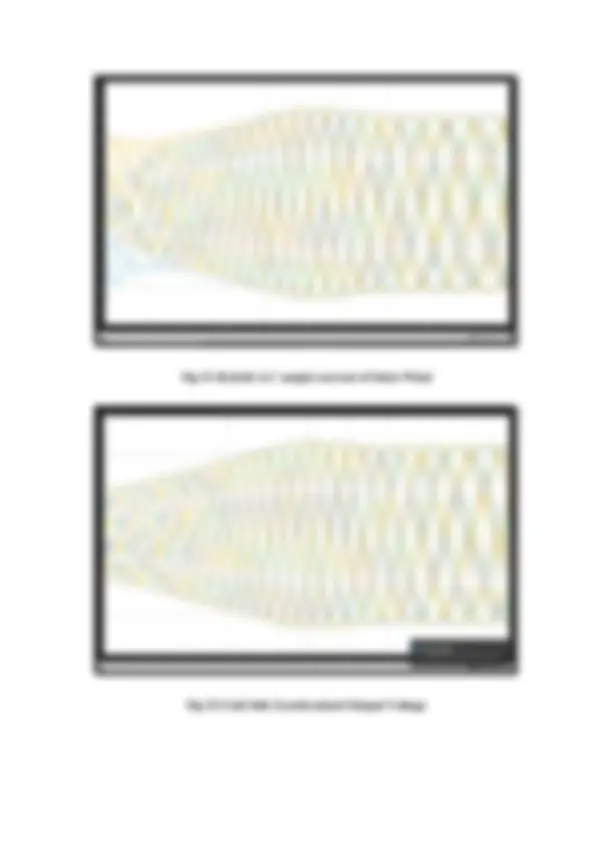
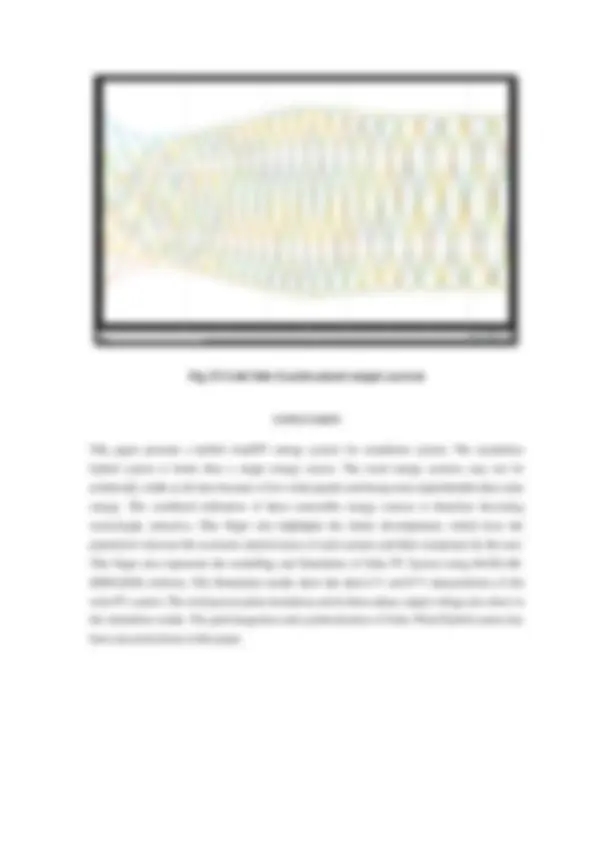
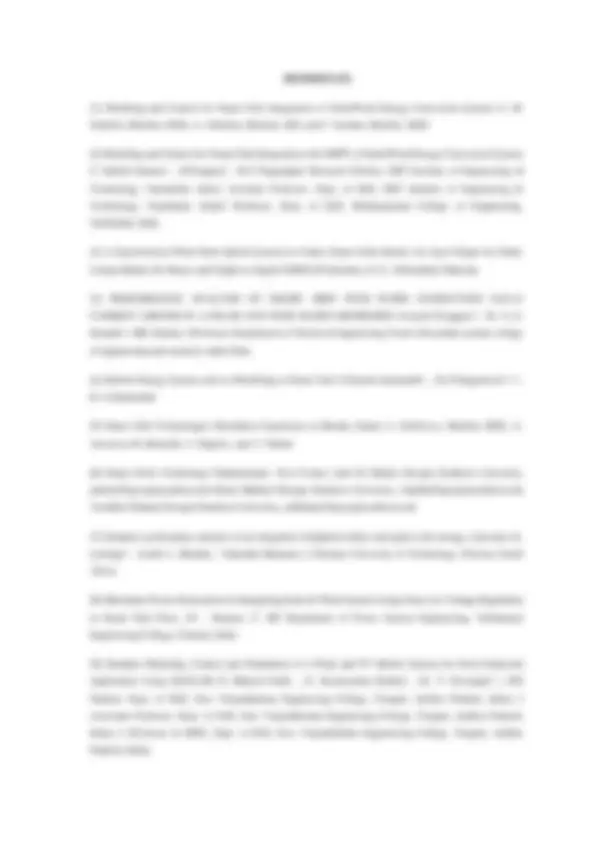
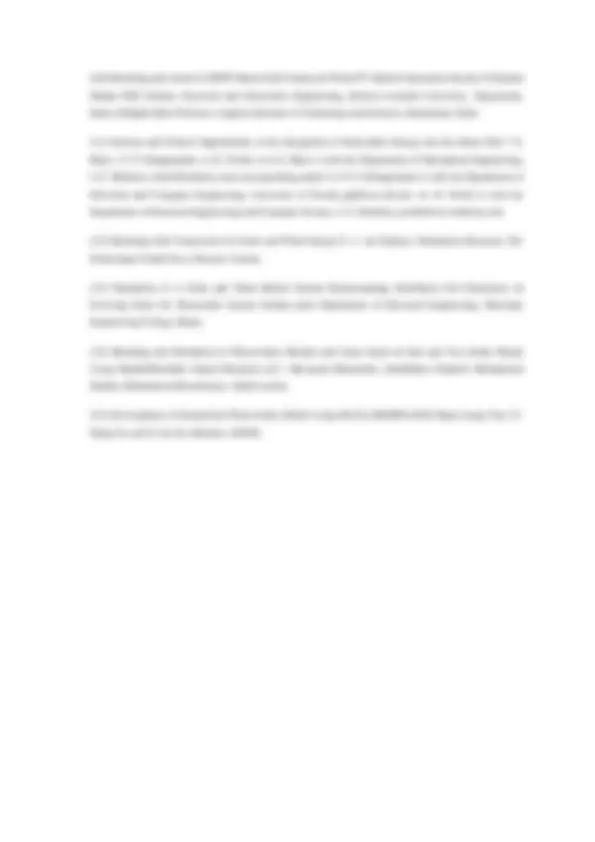


Study with the several resources on Docsity

Earn points by helping other students or get them with a premium plan


Prepare for your exams
Study with the several resources on Docsity

Earn points to download
Earn points by helping other students or get them with a premium plan
Community
Ask the community for help and clear up your study doubts
Discover the best universities in your country according to Docsity users
Free resources
Download our free guides on studying techniques, anxiety management strategies, and thesis advice from Docsity tutors
SOLAR WIND HYBRID SYSTEM WITH BETTER RELIABILITY AND BETTER EFFICIENCY WITH THE ADVANTAGE OF SMART GRID INTEGRATION
Typology: Summaries
1 / 23

This page cannot be seen from the preview
Don't miss anything!
















Kuldeep Poojara,Kinal Patel
1-PG Scholar, Electrical Department, Bapugkv, Gandhinagar, Gujarat, India
2-HOD, Electrical Department, Bapugkv, Gandhinagar, Gujarat, India
Rapid depletion of fossil fuel resources on a worldwide basis has necessitated an urgent search for alternative energy sources to cater to the present days’ demand. The electric power generation system, which consists of renewable energy and fossil fuel generators together with an energy storage system and power conditioning system, is known as a hybrid power system. A hybrid power system has the ability to provide 24-hour grid quality electricity to the load. This system offers a better efficiency, flexibility of planning and environmental benefits compared to the diesel generator stand-alone system. This Paper focuses on the combination of solar wind systems for sustainable power generation. The solar energy also varies with the hourly, daily and seasonal variation of solar irradiation. The wind turbine output power varies with the wind speed at different conditions. However, a drawback, common to solar irradiation and wind speed options, is their unpredictable nature and dependence on weather and climatic changes, and the variations of solar and wind energy may not match with the time distribution of load demand. This shortcoming not only affects the system’s energy performance, but also results in batteries being discarded too early.
Rapid depletion of fossil fuel resources on a worldwide basis has necessitated an urgent search for alternative energy sources to cater to the present days’ demand. Therefore, it is imperative to find alternative energy sources to cover the continuously increasing demand of energy while minimize the negative environmental impacts Recent research and development of alternative energy sources have shown excellent potential as a form of contribution to conventional power generation systems. There is a huge potential for utilizing renewable energy sources, for example solar energy, wind energy, or micro- hydropower to provide a quality power supply to remote areas. The abundant energy available in nature can be harnessed and converted to electricity in a sustainable way to supply the necessary power demand and thus to elevate the living standards of the people without access to the electricity grid. The advantages of using renewable energy sources for generating power in remote islands are obvious such as the cost of transported fuel are often prohibitive fossil fuel and that there is increasing concern on the issues of climate change and global warming.
The disadvantage of standalone power systems using renewable energy is that the availability of renewable energy sources has daily and seasonal patterns which results in difficulties of regulating the output power to cope with the load demand. Also, a very high initial capital investment cost is required. Combining the renewable energy generation with conventional diesel power generation will enable the power generated from a renewable energy sources to be more reliable, affordable and used more efficiently. Solar and wind energy systems are being considered as promising power generating sources due to their availability and topological advantages for local power generations in remote areas. This Paper focuses on the combination of solar wind systems for sustainable power generation. The solar energy also varies with the hourly, daily and seasonal variation of solar irradiation. The wind turbine output power varies with the wind speed at different conditions. However, a drawback, common to solar irradiation and wind speed options, is their unpredictable nature and dependence on weather and climatic changes, and the variations of solar and wind energy may not match with the time distribution of load demand. This shortcoming not only affects the system’s energy performance, but also results in batteries being discarded too early.
There are several types of solar cells. However, more than 90 % of the solar cells currently made worldwide consist of wafer-based silicon cells. They are either cut from a single crystal rod or from a block composed of many crystals and are correspondingly called mono-crystalline or multi-crystalline silicon solar cells. Wafer-based silicon solar cells are approximately 200 μm thick. Another important family of solar cells is based on thin-films, which are approximately 1-2 μm thick and therefore require significantly less active, semiconducting material. Thin-film solar cells can be manufactured at lower cost in large production quantities; hence their market share will likely increase in the future. However, they indicate lower efficiencies than wafer-based silicon solar cells, which mean that more exposure surface and material for the installation is required for a similar performance. A number of solar cells electrically connected to each other and mounted in a single support structure or frame is called a ‘photovoltaic module’. Modules are designed to supply electricity at a certain voltage, such as a common 12-volt system. The current produced is directly dependent on the intensity of light reaching the module. Several modules can be wired together to form an array. Photovoltaic modules and arrays produce direct-current electricity. They can be connected in both series and parallel electrical arrangements to produce any required voltage and current combination.
The main components of a wind turbine for electricity generation are the rotor, the transmission system, and the generator, and the yaw and control system. The following figures show the general layout of a typical horizontal-axis wind turbine, different parts of the typical grid-connected wind turbine, and cross-section view of a nacelle of a wind turbine.
Figure 2 Major Component of Wind Turbine
Figure 3 The Main component of a Wind Turbine can be classified as i) Tower ii)Rotor System iii)Generator iv) Yaw v) Control System vi) Breaking and Transmission System
Hybrid Power Generation System
A typical hybrid system combines two or more energy sources, from renewable energy technologies such as PV-panels, wind or small hydro turbines; and from conventional technologies usually diesel Generator sets. In addition, it includes power electronics and electricity storage bank.
Our proposed hybrid system is designed for both on grid and off grid operation to reduce dependency on the national grid for electrical supply. The “fig.” shows the block diagram of a typical hybrid grid connected power system. The system consists of PV generators, wind generator, biogas, biomass (rice husk), micro- hydro, battery bank, battery charge controller and the dump load.
Figure 4 Basic Diagram of Hybrid System
In this project a hybrid system of solar-wind is considered. Here, we have different power generating units. Some of them generate AC and others DC power directly.
(a)
Smart grid is a system consists of three layers: the physical power layer, the control layer and the application layer. And smart grid has to be dynamic and have constant two way communication as shown in fig.- So for example, with PV panels on the roofs, intelligent building system will generates, store and use their own energy. Hence, as active buildings they become part of the smart grid. This could save energy and increase reliability and transparency. In this paper the dynamic simulation model is described for solar photovoltaic/wind turbine hybrid generation system. The developed system consists of a photovoltaic array, dc/dc converter with an isolated transformer, designed for achieving the MPP with a current reference control ( Iref) produced byP&O algorithm, wind turbine, asynchronous induction generator, and ac/dc thyristor controlled double-bridge rectifier. The block diagram of the proposed system is shown in Fig.